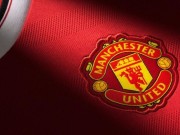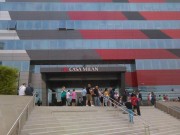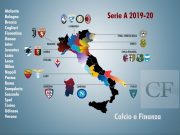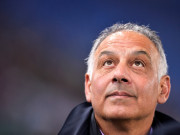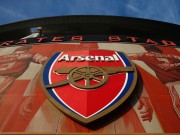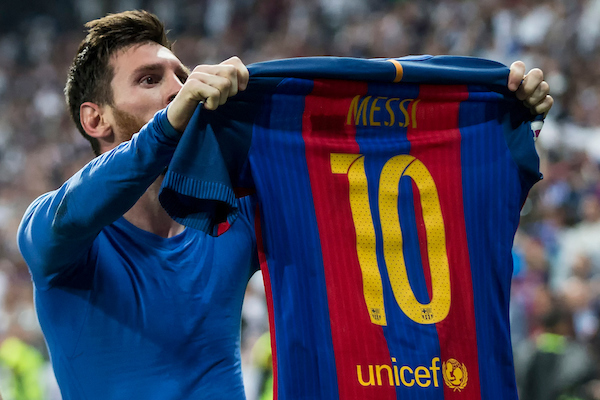Social media have reshaped the interaction between fans and teams, extending the fan engagement beyond the actual match day and, at the same time creating new business opportunities for football clubs. Some data in support of the social media boom can be found looking at Manchester United social media presence. In May 2013, right after winning the Premier League, the club’s Twitter page was being followed by only 1 million people. Today, Manchester United is followed by 9.9 million users on Twitter, 71 million on Facebook, and 13.5 million on Instagram.
According to KPMG’s analysis, since September 2014, the combined social media (Facebook, Instagram and Twitter) followers of the Top 10 most popular clubs has surged by 70%, demonstrating the key role of social media platforms connecting sports entities and with their fans on a global scale. This massive rise interested more football clubs who are taking ever greater steps to reach fans in all parts of the world. Manchester City, for instance, operates Twitter accounts in more than ten different languages and Real Madrid’s Arabic Twitter page alone is followed by 5.7m people.
Spanish giants Barcelona and Real Madrid, have also registered the highest growth in absolute terms over the last two seasons, with both clubs increasing their total reach by more than 65 million followers each. Meanwhile, Paris Saint-Germain FC (134%), FC Bayern München (108%) and Juventus FC (108%), bolstered by domestic titles and high ranking in UEFA Champions League, have recorded the highest percentage increases.
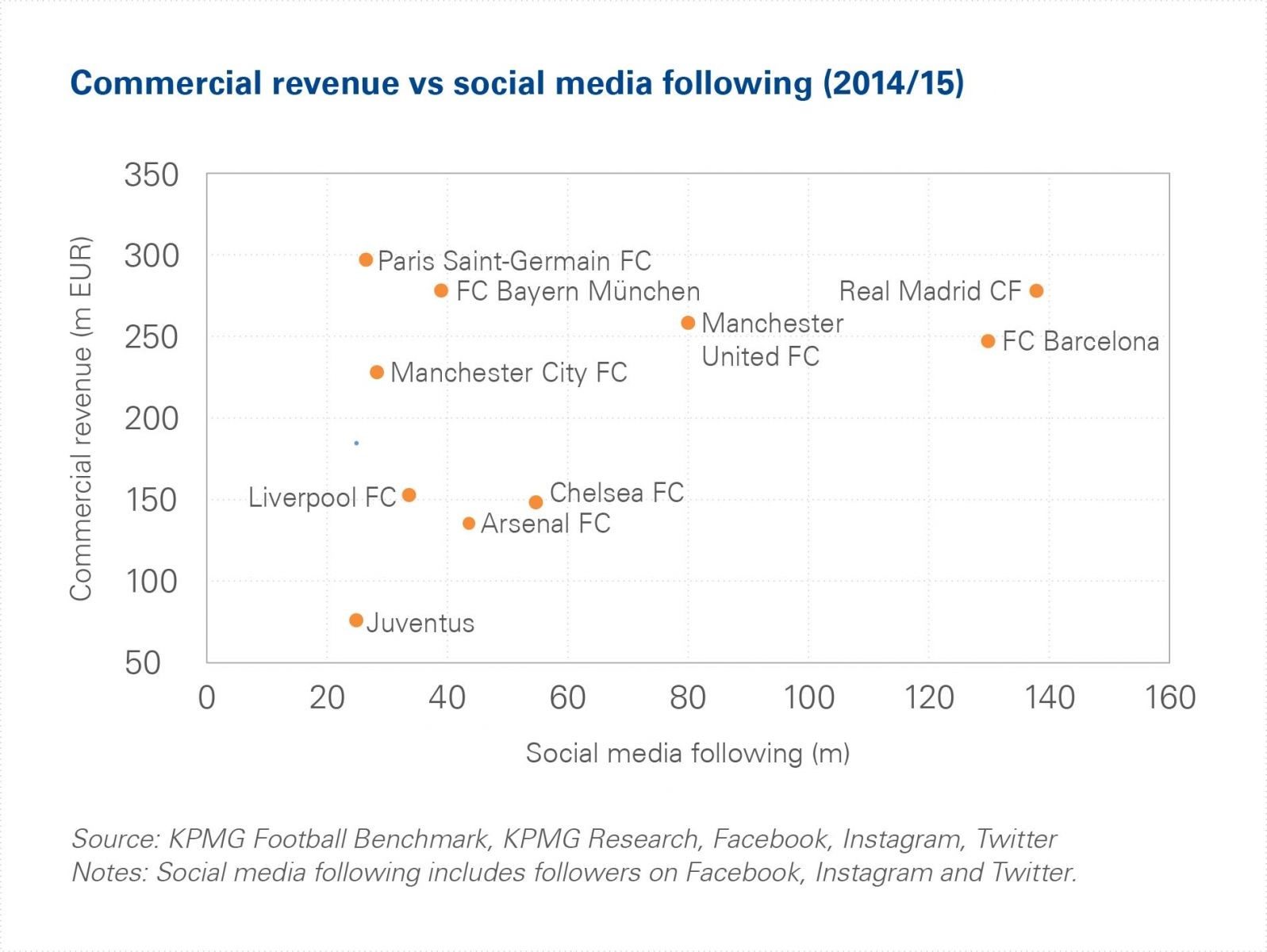
This social media exponential growth has been accompanied by an increase in commercial revenue. Barcelona, for example, in the 2014/15 season impressed everyone not only with on-pitch results, but also for its financial performances recording a 34% increase in commercial revenues (from €207 million to €278 million) as well as a 31% increase in social media followers. However, this binomial positive trend is not true for every club. Juventus, FC Bayern München, and Paris Saint German are some examples of clubs whose commercial revenues dropped between season 2013/14 and 2014/15.

KMPG’s analysis of commercial income per follower demonstrates that, in addition to the follower base of a club in the digital world, this revenue source might also be impacted by other factors, such as duration of commercial agreements, location of the clubs, deal negotiation, and demographic of the followers.
Moreover, looking at lower in the ranking clubs in terms of followers and commercial revenues, such as Juventus FC and Liverpool FC, it’s interesting to note how they recorded a considerably higher commercial revenue per follower than top teams like FC Barcelona and Real Madrid. Tthis contrast seems to highlight that the monetization of social media followers by a football club has a long way to develop yet, indipendently from the differences on how the business is run in those teams.


